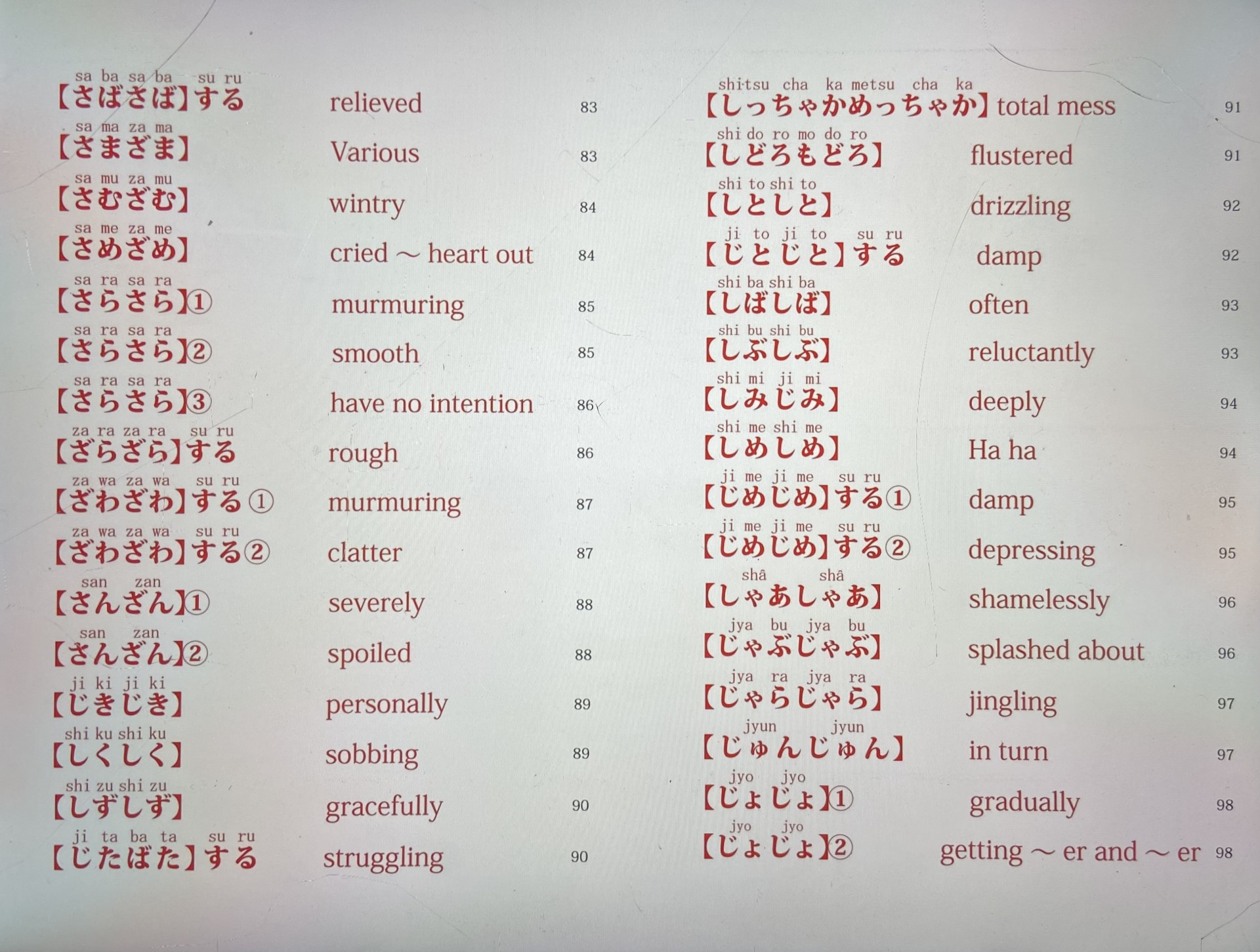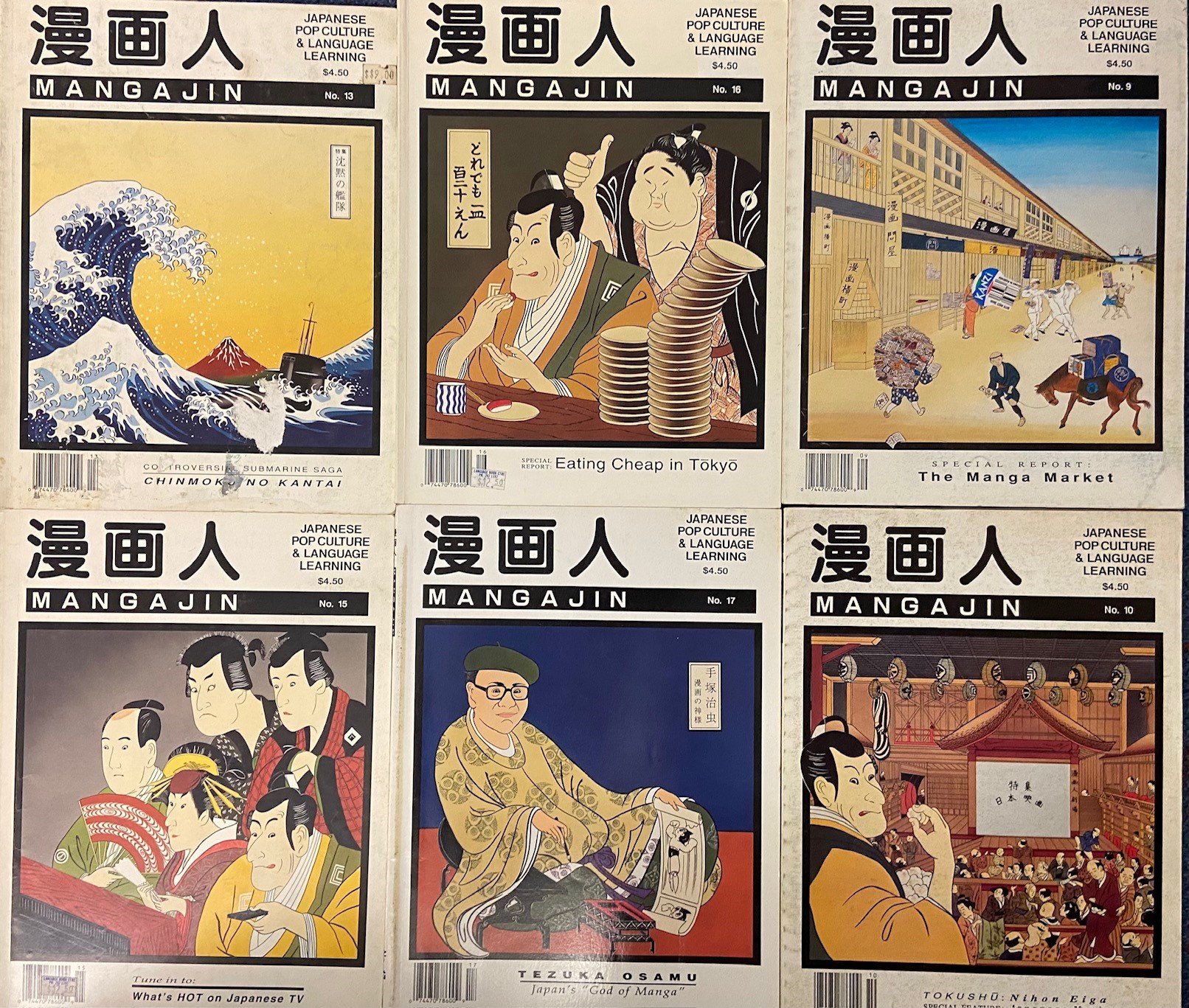Japanese culture has shown great adaptability in taking art forms and “reinterpreting” them, and using technologies and “re-purposing” them.
At high school music was one of my favourite subjects. I was particularly fascinated by piano music. One of the composers who hypnotised me was Claude Debussy and I still listen to his work weekly even now. Moreover when I am travelling and discover a place with “a special feeling” I will play Debussy to heighten my perceptions.
” The Snow is dancing ” was originally written for the piano by Claude Debussy.
He died in 1918 when the recording of music on wax cylinders was still rudimentary and low fidelity. Fortunately there was an alternative method of recording music at that time on piano rolls. We have his piano roll recording at 6.10 from 1913.
The Japanese musician Isao Tomita used the Moog synthesiser to create new versions of piano music including Mussorgsky’s Pictures at an Exhibition, Holst’s The Planets and Stravinsky’s Firebird. He adapted Debussy’s “la neige danse” as “Snowflakes are dancing“.
I have mentioned onomatopoeia in Japanese previously.
Today we will write some out in hiragana on grid paper.
It is used more extensively in Japanese than any other major language.

Choose a mangajin and find examples of onomatopoeia either in the text bubbles or on the page as a sound effect.

Lastly it is your turn to practise a kamishibai while I give out the Assessment Task 4 results.
Teachers spend a lot of time designing assessment task. At all times
YOU MUST READ THE ASSESSMENT TASK REQUIREMENTS CAREFULLY.
IF YOU DON’T UNDERSTAND WHAT YOU NEED TO DO YOU MUST ASK!
I admire the effort some students put into writing kanji the task clearly asked for hiragana.
The task required sentences with “went to”, “ate’ and “drank”
The task required sentences with “like”, “don’t like”, “the best” and “hate”